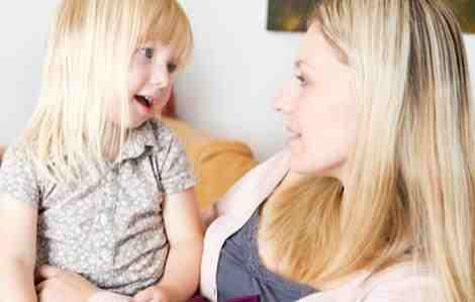How should parents respond to their children's questions about the shootings at a Connecticut school on Friday?
"Definitely allow your children to express their feelings and their fears," said Elizabeth Weingart, a licensed clinical social worker in Edmond, Oklahoma, "because you don't want that bottled up."
Often children feel a lack of control in the face of tragedy. To help them regain a sense of control, parents can review the security measures at their school.
"Most schools these days have a Code Red procedure," Weingart said. "Going over it empowers children to know what to do in a crisis."
Weingart said kids will learn from their parents, watching how they react to sad news.
"It's a hard thing when children are killed. Often as adults we shut down," Weingart said.
"We need to be really good role models in terms of expressing our feelings and dealing with our grief and our fears."
According to the American Psychological Association, parents should acknowledge to children that bad things do happen, but also reassure them that many people are working to keep them safe, including their parents, teachers and local police.
Besides limiting the news coverage of the school shootings, the APA says on its site that parents can watch for young children to communicate their fears through play or drawings.
"Elementary school children will use a combination of play and talking to express themselves, while adolescents are more likely to have the skills to communicate their feelings and fears verbally," according to the association.
Weingart said parents may see their children become clingy and perhaps aggressive as they try to deal with news of the shootings.
"Parents need to be patient," she said. "Younger children are scared and don't know what to do. Older children have more cognisant understanding of the situation."
The APA says: "Most children are quite resilient and will return to their normal activities and personality relatively quickly, but parents should be alert to any signs of anxiety that might suggest that a child or teenager might need more assistance."
Some indicators include a change in the child's school performance, changes in relationships with peers and teachers, excessive worry, refusing to go to school, sleeplessness, nightmares, headaches or stomachaches, or loss of interest in activities that the child used to enjoy.
And remember that every child is different.
Weingart expects that school districts also will be different in their approaches to handling children's concerns.
"It will be very interesting to see how different school districts deal with this."

















__small.png)










